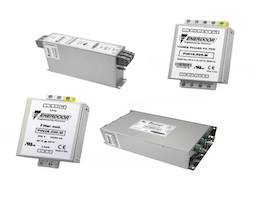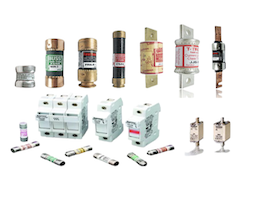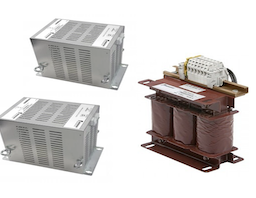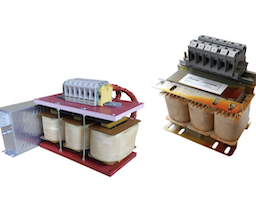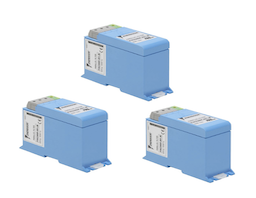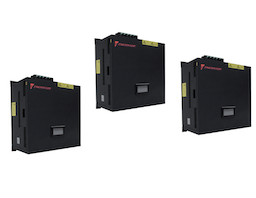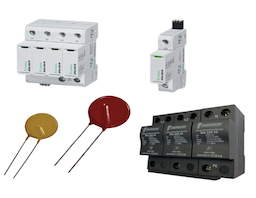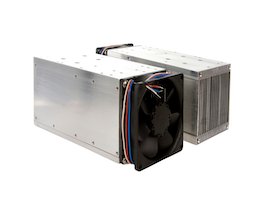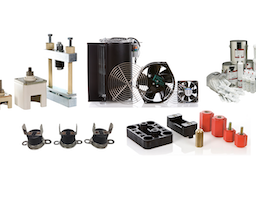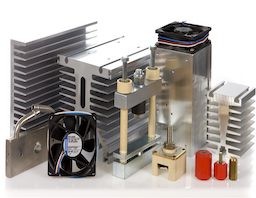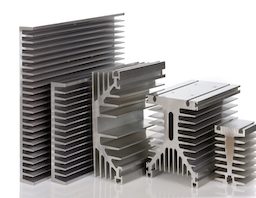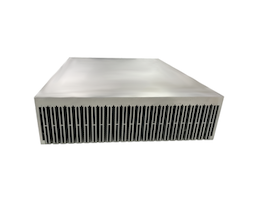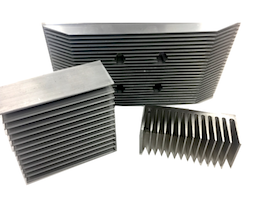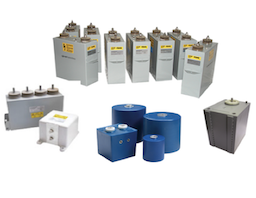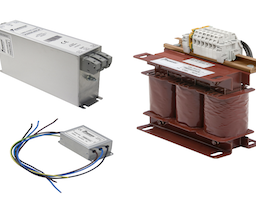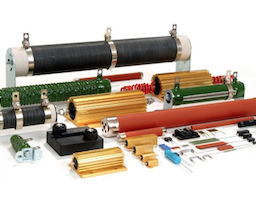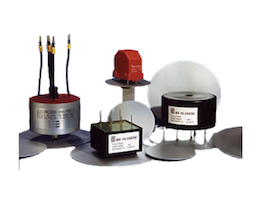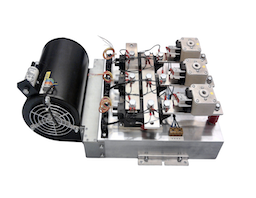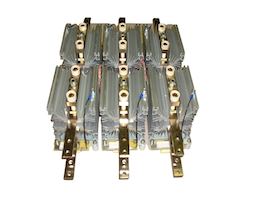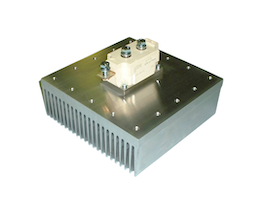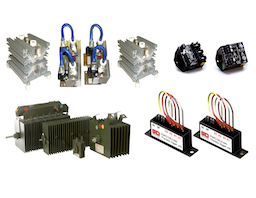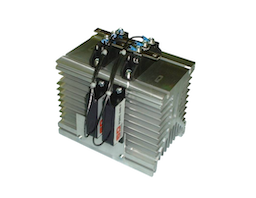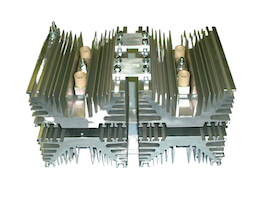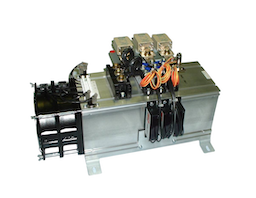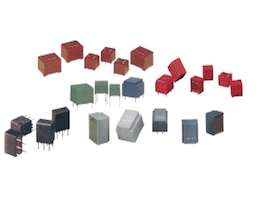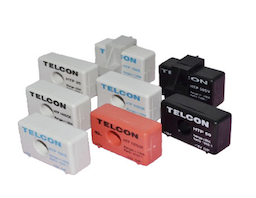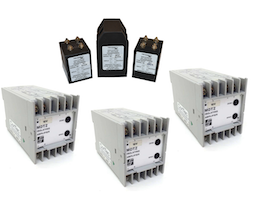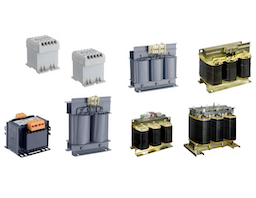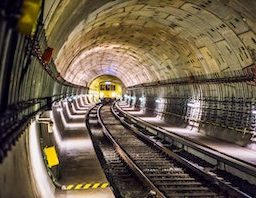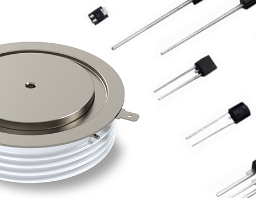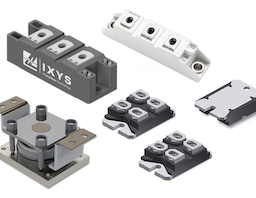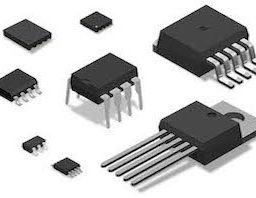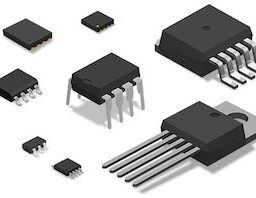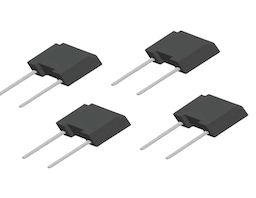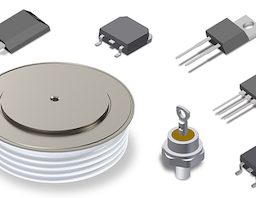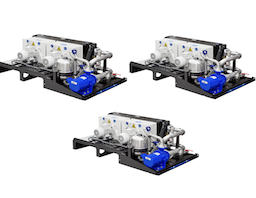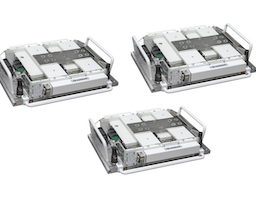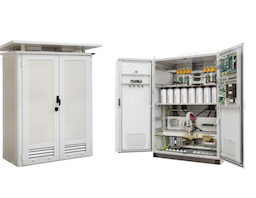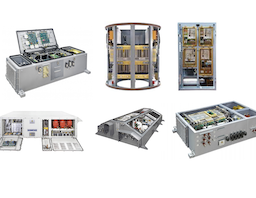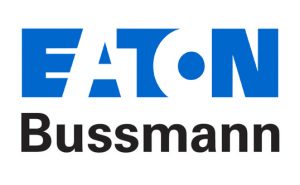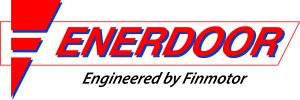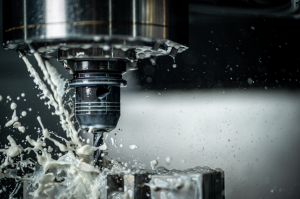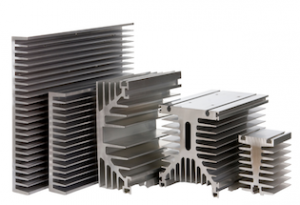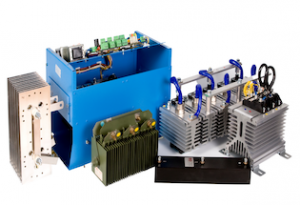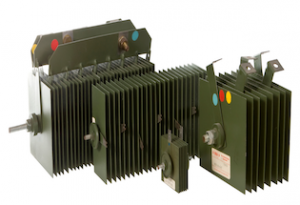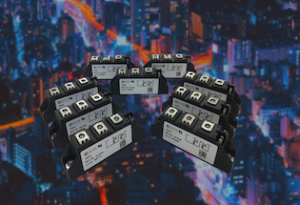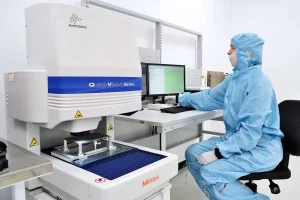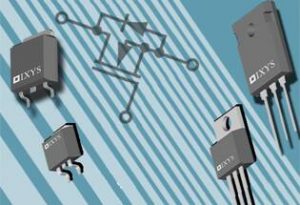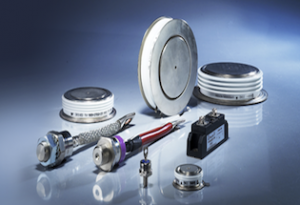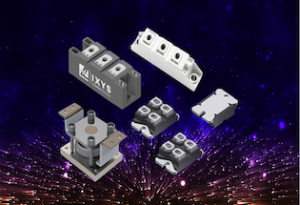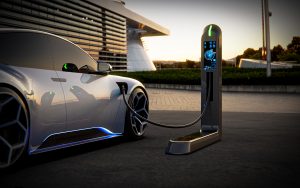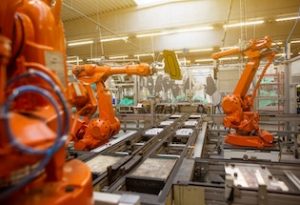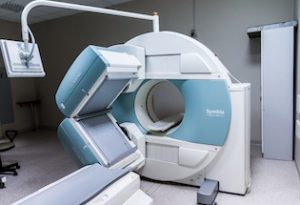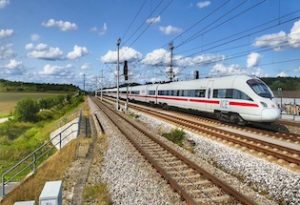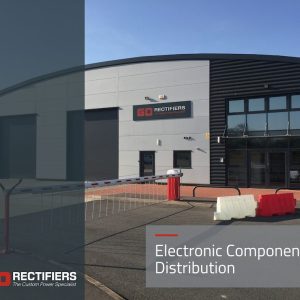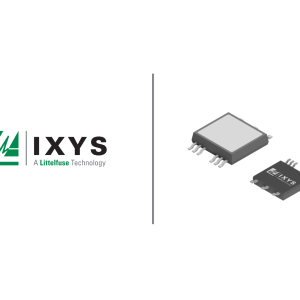12.01.2018
Obsolescence and the Component Selection Stage
Published on: 12/01/2018
Discover obsolescence and the component selection stage, we’ll help you find modern day alternatives for the components you need
Whilst buyers are often inconvenienced when components are made obsolete, the decision of when to phase a component out has usually been made at the start of the design process. At the start of a design process, the designer has to consider the commercial and technical perspective of the component, often establishing its lifecycle and performance reliability. They will already have an ideal lifecycle in mind and they might even have an idea of the next generation part which will be set to replace it in years to come.
Obsolescence and the Component Selection Stage
It is beneficial for OEMs to manufacture components in higher volumes, this reduces the cost of the part and makes it an attractive alternative to more expensive parts in the same spec. This is also advantageous when considering the costs associated to the early stages of a design, but the longer customers use the same part, the higher the risk of the part becoming obsolete.
Buying power electronic components is similar to the electronics industry as a whole, every two years we are encouraged to upgrade our phone, benefit from a new design, innovative features and functions. Components and systems work the same way, as the volume of devices increases, there is a real risk that they will be made obsolete before the end of a high reliability systems 25-30-year lifetime.
With this in mind, using a longstanding part can often prove more appealing than rigorous testing or designing a new part at the design stage. But most engineers will value longevity over the initial unit cost, this is often an important factor for industries such as oil and gas, rail, defence and aerospace in which the systems and equipment used combine low volumes and extended life-times.
Designers have a choice, use cutting-edge components with a higher risk of obsolescence or use established devices which are more likely to be made available throughout the lifetime of the system. The difference is between faster, smaller designs versus robustness and longevity. A prime example of this is the oil and gas industry, they continue to use diodes and power MOSFETs which are based on older technologies. These proven devices feature larger geometries which ensure greater stability in a high-temperature operating environment and reduces the risk of obsolescence.
GD Rectifiers distribute a wide range of obsolete semiconductors and hard to find electronic components, including integrated circuits, semiconductors and resistors
from leading manufacturers such as IXYS, Semikron, EDI and Arcol. We work hard to find our customers a modern day alternative to obsolete components.
For further information on our range of obsolete components click here or contact us today on: 01444 243 452 or email: [email protected].
